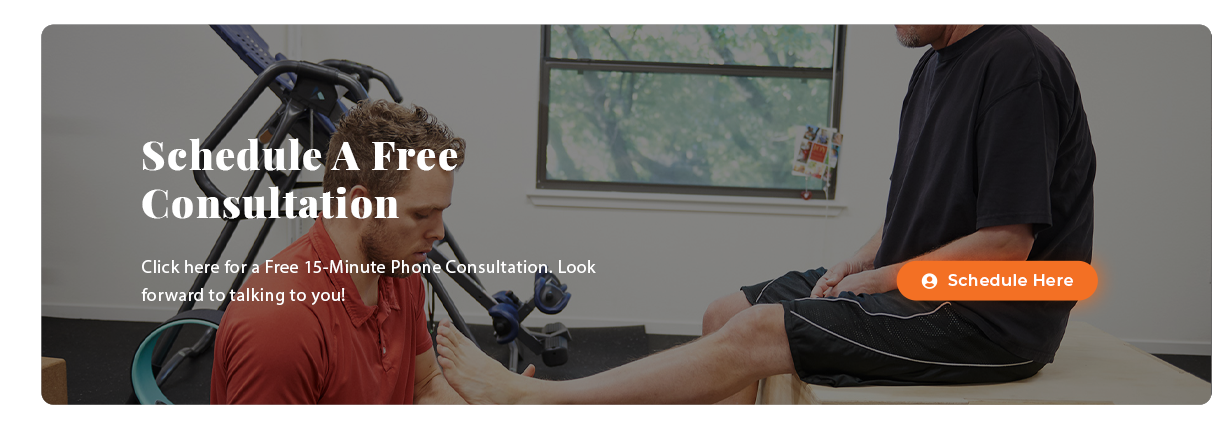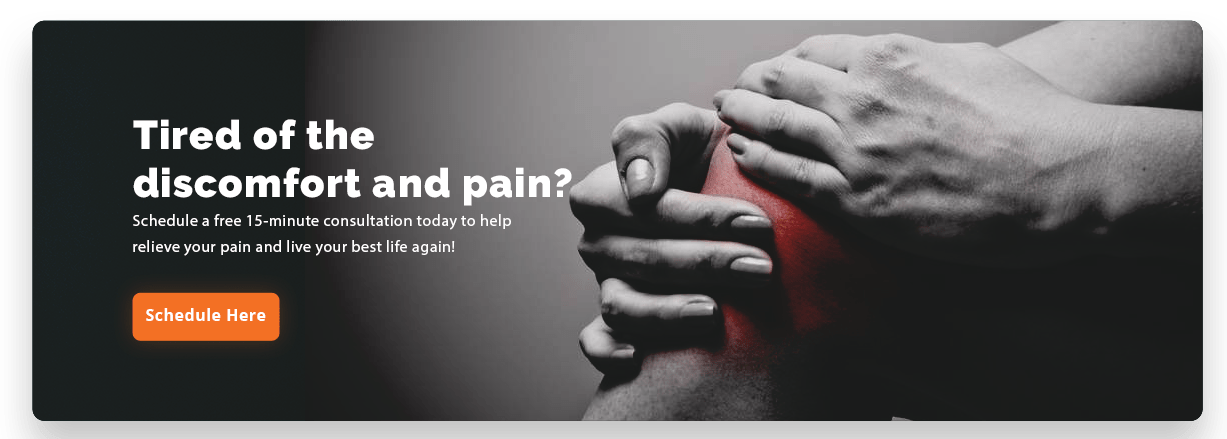Even if you don’t have time for a big workout, stretching in the morning and night really changes your body.” – Erin Heatherton
While many of us understand the importance of the role of exercise in maintaining our overall health and fitness, groin exercises are often overlooked or misunderstood. But the value of these types of exercises cannot be overemphasized.
As a blog article from Boost.com notes,
“Regularly stretching your groin muscles increases the range of motion in your hips, which becomes increasingly important as we get older. Too-tight muscles in the hip area can lead to injury, including falls. It’s important to keep these muscles long and loose, so that your legs can move more freely in the hip sockets.”
The Benefit of Groin Exercises and Why They Matter
In many situations, pain in the groin region is the result of a minor groin strain injury that can occur due to overuse, sports, or strenuous activities. And, oftentimes, exercises can help with recovery from those strains and the associated pain.In addition, here are three other good reasons why groin exercises are important and how they can benefit an individual:
- Enhanced Athletic Performance: The groin muscles play a significant role in various athletic activities that involve movements such as running, jumping, kicking, and changing directions. Strengthening the groin muscles through targeted exercises can improve stability, agility, and overall athletic performance.
A strong and flexible groin helps in generating power, maintaining balance, and reducing the risk of groin injuries, such as strains or pulls.
- Injury Prevention: Groin injuries are common, especially among athletes involved in sports like soccer, hockey, basketball, and martial arts. Engaging in specific groin exercises helps to strengthen the muscles, tendons, and ligaments in the groin region. This increased strength and flexibility can enhance the stability of the hip joint and surrounding structures, reducing the likelihood of strains or tears.
Regularly performing groin exercises can be particularly beneficial for individuals who have a history of groin-related injuries or those participating in high-intensity sports.
- Functional Fitness and Daily Activities: Strong groin muscles are essential for everyday movements like walking, squatting, and bending. By incorporating groin exercises into your fitness routine, you can improve your functional fitness, making it easier to perform day-to-day activities with greater ease and reduced risk of strain.
Strong groin muscles also contribute to better posture and spinal alignment, leading to improved overall body mechanics and reduced discomfort during movements.
The best “cure” for a groin injury, of course, is preventing them in the first place.
As Healthline points out,
“To prevent groin strains, take care when exercising or doing any strenuous activities. This is especially important if you’ve already had a groin strain or have muscle weakness in this area.
If you’ve taken a break from a sport, start slowly once you resume the activity. Gradually increase the intensity and duration of your workouts. This helps you gain the strength and flexibility needed to support healthy movement patterns.
You may want to work on improving your endurance and range of motion in your lower body, too. Always include a warmup and cooldown in your workouts.
Another way to prevent groin injuries is to keep your core strong and engaged. A weak core has been shown to predispose individuals to groin injuries.”

An Overview of the Five Best Groin Exercises
As with many other aspects of health and fitness, experts may disagree on the specifics of various exercises, health regimens, or fitness approaches, However, an approximate consensus is possible after an analysis of expert opinions available online.
With that in mind, here are five of the most effective groin exercises:
- The Groin Stretch: Start by standing upright with your feet shoulder-width apart. Take a wide step to the side with your right foot, keeping your left foot stationary. Slowly lower your body by bending your right knee, while keeping your left leg straight.
You should feel a stretch in your inner thigh. Hold the stretch for 20-30 seconds, then return to the starting position and repeat on the other side. Perform 2-3 sets on each side.
- The Side Lunge: Stand with your feet shoulder-width apart. Take a wide step to the right with your right foot, keeping your left foot stationary. Shift your body weight to the right side as you lower your body, bending your right knee while keeping your left leg straight. Keep your torso upright and your back straight.
Push off with your right foot to return to the starting position and repeat on the other side. Perform 10-12 repetitions on each side for 2-3 sets.
- The Adductor Squeeze: Adductor muscles are any of the muscles that draw a part of the body toward its median line or toward the axis of an extremity, such as the three muscles of the human thigh: the adductor longus, adductor brevis, and adductor magnus.
Lie on your back with your knees bent and feet flat on the floor. Place a small exercise ball or a pillow between your knees. Squeeze your knees together, engaging your inner thigh muscles. Hold the squeeze for 5-10 seconds, then release. Repeat for 10-12 repetitions for 2-3 sets. This exercise can also be done while seated by simply squeezing a small ball or cushion between your knees.
- Sumo Squats: Stand with your feet wider than shoulder-width apart, toes pointing slightly outward. Keeping your back straight, lower your body by bending your knees and pushing your hips back as if sitting into a chair.
Go as low as you can while maintaining good form, ideally until your thighs are parallel to the floor. Push through your heels to return to the starting position. Perform 10-12 repetitions for 2-3 sets.
- The Standing Hip Abduction: An abductor’s muscle is any muscle that causes movement of a limb away from the midplane of the body or away from a neighboring part or limb, as in raising the arms to the side. For this exercise, stand with your feet shoulder-width apart, placing your hands on a sturdy surface for balance support.
Lift your right leg out to the side, keeping it straight and maintaining a slight bend in your supporting leg. Lift until your leg is parallel to the floor or until you feel a good contraction in your outer hip. Slowly lower your leg back down and repeat on the other side. Aim for 10-12 repetitions on each side for 2-3 sets.
As with any type of exercise, remember to start with a resistance level that challenges you but allows you to maintain proper form throughout the exercise. As you become stronger, you can gradually increase the intensity or resistance.
Treating Pain from Muscle Strain with Pain and Performance Solutions
If you are suffering from recurring or chronic groin or leg pain that persists despite your best efforts to take care of it, your next step should be to call Pain and Performance Solutions.
Whether you’ve been suffering from muscle pain for a while now, or you’ve just started to experience it, we invite you to give us a call. Your muscle pain relief can begin once we’re able to gain an in-depth understanding of when and how your shoulder pain started.
During your first appointment, we will work with you to learn about your present symptoms as well as any history of discomfort.
At Pain and Performance Solutions we specialize in bringing relief from chronic muscle and joint pain with therapies such as Active Release Techniques® (ART®) and Anatomy in Motion (AiM). And this begins to happen once we understand where your pain started. Often this can mean it started previously with another injury you might have sustained.
Don’t simply ignore your shoulder pain hoping it will just go away. Let us help.
Contact us today at 707-636-4404 or book an appointment online to start your recovery process.


